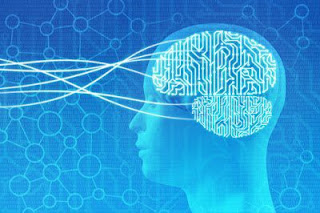The "One//Zero" Human Code?
I don't get computer coding whatsoever. We go from simple 1's and 0's to elaborate algorithms and machine learning. However, I do work with a lot of leaders who started out writing code. Many of them, like me, find much value in using the SCARF model.
In this simple picture of the basic model, you'll notice the binary, one, and zero constraints with the "away/threat" and "toward/reward" motivators. As depicted, the red "away/threat" arrow is much more prominent than the green "toward/reward" side. This is because humans are (necessary for survival) more adept at seeing and responding to threats. It's the inherent root of human negative bias.
The 5 components of SCARF are:
- Status – the relative importance to others
- Certainty – the ability to predict the future
- Autonomy – the sense of control over events
- Relatedness – the sense of safety with others
- Fairness – the perception of fair exchanges
The basic premise of the SCARF model is the assumption the brain makes. It has us behave in certain ways, which are to minimize threats and maximize rewards. While the brain takes a threat-and-reward approach to primary needs, such as food and water, the theory argues this same also happens with social needs.
In essence, the one and zero are (1) a positive emotion or reward creates a stimulus making people act, whereas (2) a negative emotion or punishment causes a threat stimulus, which leads to avoidance.
The aim of the SCARF model is, therefore, to inform interaction with people in a way that minimizes the threats and maximizes the rewards in relation to the five key areas mentioned above. Understanding the approach-avoid response can help improve collaborations and influence people's behavior.
Here's a handy free (trade for your information) online assessment to test yourself. I have worked with leaders who have used it with their teams to improve the process and outcomes of significant change events.
Jennifer* designed her approach to a recent reduction in force using the SCARF change planning worksheet. It can be used to plan conversations and initiatives. She was able to address the concerns of her entire team. The sense of dignity she maintained for the 'survivors' and those who were separated was powerful and important to everyone.
If you want to know more, feel free to write to me. You can also check out this 3-page overview of David Rock's YouTube video on SCARF (about 8 minutes) and Rock's first published article on SCARF (for your academic side).
Have you used the SCARF model before? What do you think? I’d love to hear from you; find me on LinkedIn.


